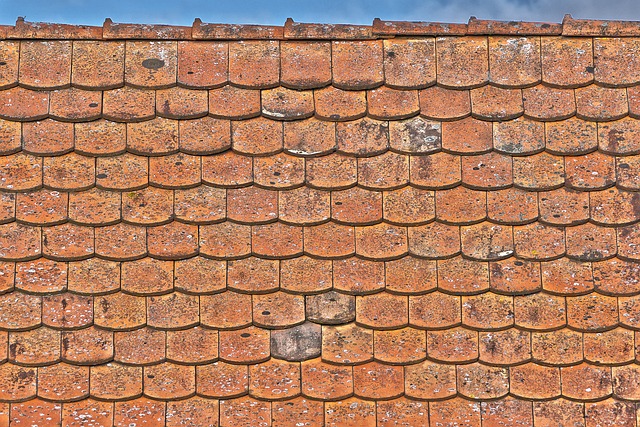When engaging a roofer for either residential or commercial roofing projects, it's crucial that their work not only meets aesthetic preferences but primarily adheres to local building codes and regulations. These codes ensure safety, energy efficiency, and environmental compliance. A knowledgeable roofer must be well-versed in these standards, which cover material selection, installation methods, and overall structural integrity. Non-compliance can lead to legal penalties and the need for costly retrofitting. Building codes are regularly updated to reflect new challenges and technologies, so roofers must stay informed to maintain current compliance. Their expertise is vital for the longevity and safety of the building, demonstrating a commitment to quality assurance and earning client trust, especially those who prioritize code-compliant investments. Roofers play a critical role in ensuring that all aspects of roofing are up to code, working closely with architects, builders, and code officials throughout the project to guarantee adherence and protect public interest.
When embarking on a roofing project, adherence to local building codes and regulations is paramount to ensure safety, durability, and legal compliance. This article delves into the critical role of roofers in maintaining these standards, guiding readers through the intricacies of code-compliant roofing practices. From understanding the importance of local codes to the final inspections, we explore the key steps, material considerations, professional expertise, and community engagement necessary for successful compliance. Join us as we navigate the essential aspects of ensuring your roof not only withstands the elements but also passes muster with regulatory frameworks.
Understanding Local Building Codes and Their Importance

When engaging a roofer for residential or commercial roofing projects, it is imperative to ensure that all work complies with local building codes and regulations. These codes are not mere suggestions but legally binding requirements designed to safeguard public safety, promote energy efficiency, and maintain environmental standards. A knowledgeable roofer will be well-versed in these codes, which cover a wide range of aspects from material usage to structural integrity, ensuring that the roof meets all necessary safety and performance benchmarks. Understanding local building codes is crucial for any construction project, as non-compliance can lead to costly legal issues, including fines or the need for expensive retrofitting. Moreover, these codes evolve over time to address emerging challenges, making it essential for roofers to stay informed about the latest updates and changes. By adhering to local building codes, roofers contribute to the longevity and integrity of the buildings they work on, while also fostering trust with clients who value compliance and quality assurance in their investments.
The Role of a Roofer in Ensuring Compliance

Roofers play a pivotal role in ensuring compliance with local building codes and regulations during the construction, repair, or maintenance of roofing systems. Their expertise is crucial in interpreting the technical requirements set forth by these codes, which cover a wide array of aspects such as materials, design, installation techniques, and safety standards. A roofer must be well-versed in the specific regulations that apply to residential or commercial properties within their jurisdiction, ensuring that every project adheres to the necessary legal frameworks. This includes understanding the allowable building materials, the slope and pitch of roofs, and the integration of waterproofing systems that protect against weather elements.
Moreover, roofers are responsible for staying up-to-date with any changes or updates in building codes, which can vary significantly between different locales. They collaborate closely with architects, builders, and local code enforcement officials to guarantee that the design and execution of the roof comply with all current regulations. This diligence is not only a legal requirement but also an integral part of maintaining the safety, longevity, and functionality of a building’s most critical defense against the elements. The role of a roofer extends beyond physical construction; it encompasses the responsibility to uphold standards that safeguard public interest and building integrity.
In wrapping up our exploration, it’s clear that adherence to local building codes and regulations is non-negotiable for any construction project. A roofer plays a pivotal role in this process by ensuring the integrity of roof systems aligns with these stringent standards. Understanding the nuances of these codes is not just an administrative task but a critical component of responsible construction management. By staying abreast of these requirements, roofers contribute to the safety and longevity of buildings, thereby protecting the interests of property owners and enhancing community well-being. Compliance is key in safeguarding against potential legal issues and ensuring the quality of our built environment.
